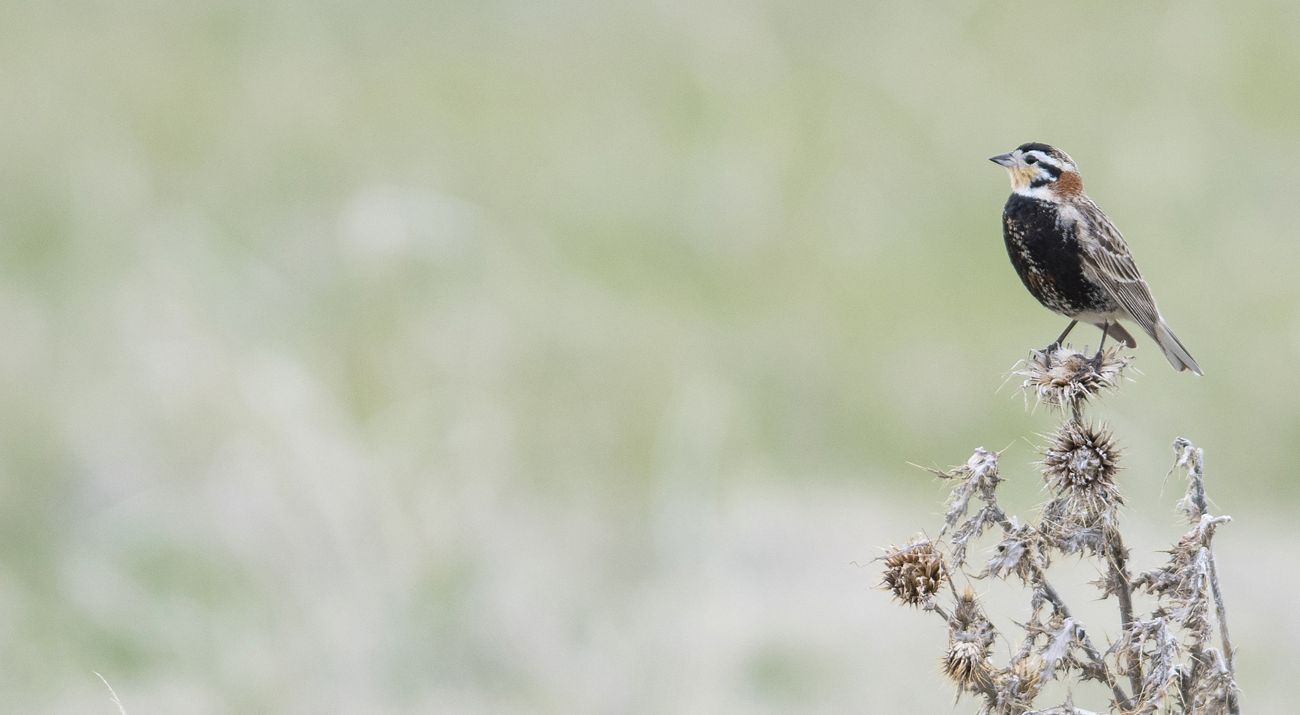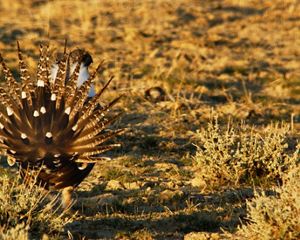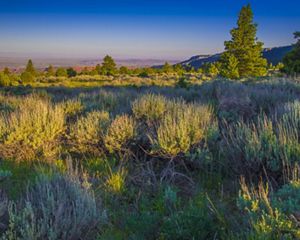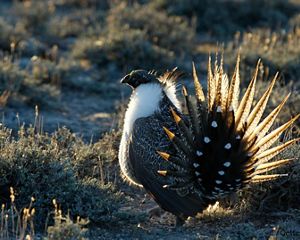An Ounce of Prevention
TNC is working with USFWS to enlist ranchers in an innovative program where they agree to protect habitat for five grassland birds.
Conservation Agreements
No one likes to see a plant or animal placed on the Endangered Species List. It means that species is in real peril. For landowners, it can also mean a set of restrictions on how they may use their property and its resources. In partnership with ranchers and the U.S. Fish and Wildlife Service, The Nature Conservancy is implementing an innovative tool to prevent listings and the restrictions that go along with them.
With Candidate Conservation Agreements with Assurances (CCAAs), landowners commit to practices that avoid or remove threats to the habitat of certain designated wildlife. In exchange, landowners are not subject to additional limits on their ranching land, water, or resources should one of these species be listed as endangered. CCAAs were a successful tool in the Big Hole Valley to help prevent the listing of Arctic grayling, and we are now extending their reach.
Quote: Kelsey Molloy
CCAAs could be the difference in whether these birds thrive or continue to disappear.
We are using CCAAs on Montana’s Northern Great Plains to protect greater sage-grouse, chestnut-collared longspur, Baird’s sparrow, McCown’s longspur, and Sprague’s pipit. The decline of these birds is largely due to habitat loss. In Montana, 60% of the habitat for these vanishing grassland birds is on private land, so the habitat protection and restoration associated with the CCAAs could be the difference in whether they thrive or continue to disappear.
Participating landowners can select the most appropriate options from a menu of conservation measures, such as marking fences for sage-grouse to avoid collisions that result in bird deaths, or reducing the spread of non-native plant species, which reduces or degrades habitat.

Since we began in the summer of 2018, we’ve enrolled 25,000 acres in the program. Our long-term goal is 100,000 acres, with 80,000 acres completed by 2020, when the sage-grouse is set to be listed if enough conservation progress hasn’t been made.
Enrollment in the program is available to landowners in more than a dozen Montana counties. You can find more information at USFWS Sage-grouse webpage or by contacting TNC’s Kelsey Molloy at 406-654-5517.
Support our work in Montana
You can help us protect the habitat that is crucial to greater sage-grouse.



